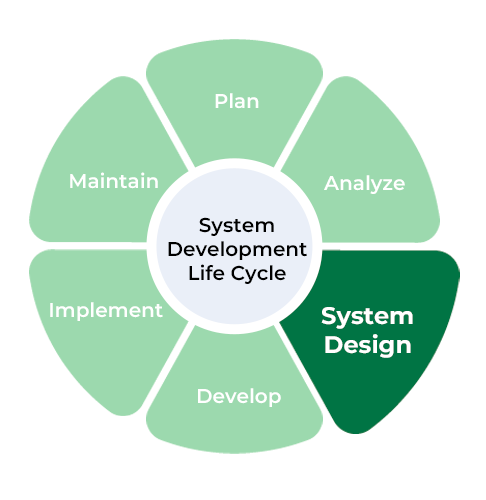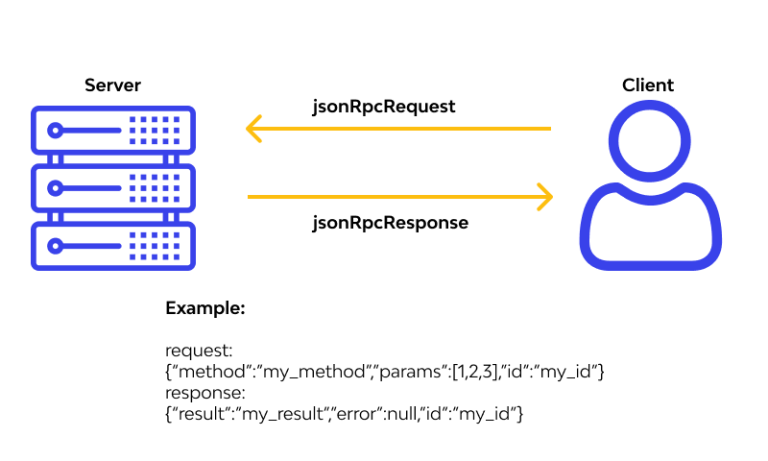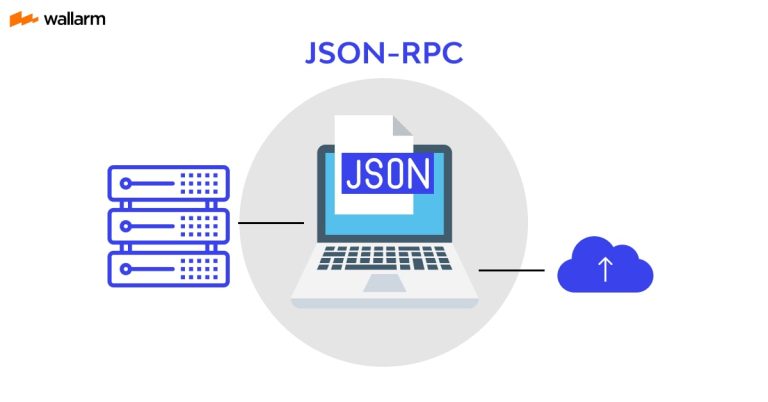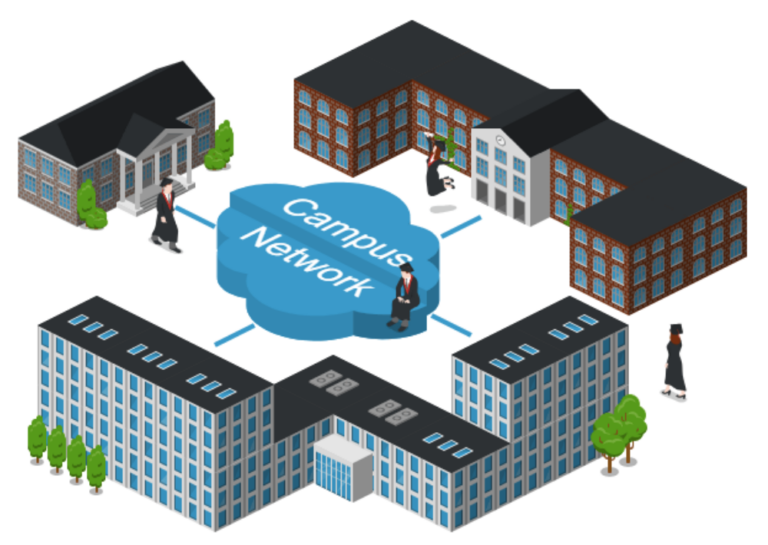Introduction:
In the realm of complex technological solutions, the interplay between software design, system engineering, and system architecture plays a crucial role in shaping the success of a project. Each discipline brings its unique perspective and methodologies, and this case study delves into a real-world example where these three components converged to create a seamless and robust solution.
Case Study: Autonomous Vehicle Navigation System
Overview:
Our case study revolves around the development of an autonomous vehicle navigation system, a cutting-edge project that demanded a holistic approach to meet the challenges of real-time decision-making, safety, and adaptability.
- System Engineering:
The system engineering phase laid the foundation for the project. It involved defining the system requirements, understanding the constraints, and establishing the overall architecture. In the case of our autonomous vehicle project, system engineers collaborated with domain experts to identify key functionalities, safety standards, and hardware specifications. They addressed issues such as sensor integration, communication protocols, and fail-safe mechanisms to ensure the vehicle’s reliability. - System Architecture:
The system architecture phase focused on creating a blueprint that outlined the structure and behavior of the entire system. System architects worked closely with system engineers to translate requirements into a high-level design. For our autonomous vehicle, the architecture detailed the integration of sensors, processors, actuators, and communication modules. Decisions on the distribution of computational load, data flow, and redundancy were critical to achieving real-time responsiveness and fault tolerance. - Software Design:
With a solid system architecture in place, the software design phase took center stage. Software engineers collaborated with system architects to break down the system into modular components. They designed algorithms for perception, decision-making, and control. In the autonomous vehicle example, software design involved creating algorithms for obstacle detection, path planning, and dynamic response to changing road conditions. Additionally, the design had to account for adaptability to software updates, ensuring the system’s longevity.
Integration and Iteration:
The integration phase brought together the software components into a cohesive system. System engineers and software developers worked closely to identify and resolve any discrepancies between the design and implementation. Iterative testing and validation were crucial to refining the system. This collaborative effort ensured that the software met the specified requirements, the system architecture remained robust, and the overall engineering goals were achieved.
Challenges and Solutions:
Throughout the project, challenges arose that required a harmonious convergence of system engineering, system architecture, and software design. For instance, the integration of sensor data in real-time posed computational challenges that were addressed through optimized algorithms and parallel processing. Ensuring the system’s safety demanded a collaborative effort to implement fail-safe mechanisms in both hardware and software layers.
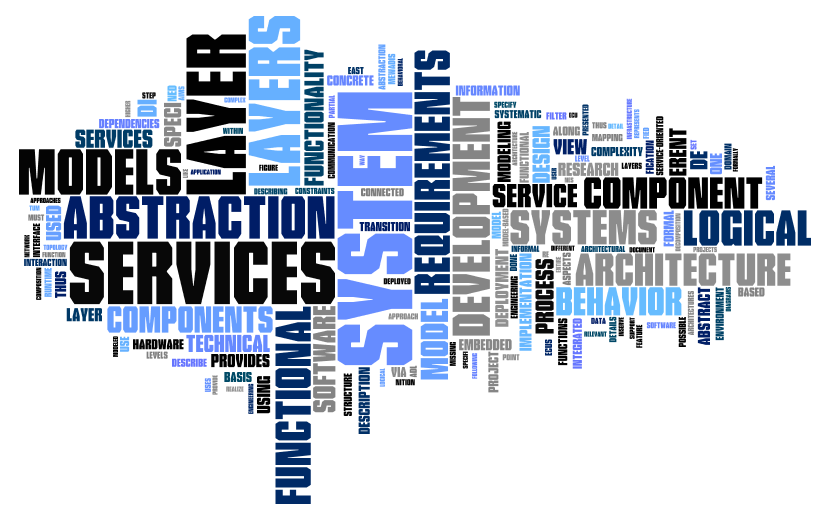
This case study exemplifies the interconnected nature of system engineering, system architecture, and software design in the development of a complex technological solution. Success hinged on the seamless collaboration between experts in each domain, demonstrating the importance of a holistic approach to tackle challenges and create innovative solutions. As technology continues to advance, the integration of these disciplines will play a pivotal role in shaping the future of complex systems.
Certainly! Here’s an idea for a project that involves software design, system engineering, and system architecture:
Smart City Traffic Management System
Idea:
Develop a comprehensive Smart City Traffic Management System that integrates advanced technologies to optimize traffic flow, enhance safety, and reduce congestion in urban areas. This project will require a holistic approach, incorporating system engineering, system architecture, and software design to create a seamless and efficient solution.
Components
System Engineering
- Define the requirements based on the specific needs of the city, considering factors such as traffic volume, peak hours, and emergency response requirements.
- Conduct a thorough analysis of existing traffic infrastructure, including signals, sensors, and surveillance systems.
- Collaborate with city planners, transportation experts, and emergency services to incorporate their insights into the system design.
System Architecture
- Design a robust and scalable architecture that includes the integration of various traffic management components.
- Identify and incorporate intelligent traffic signal control systems, adaptive traffic lights, and real-time traffic monitoring.
- Implement a centralized control system that facilitates communication between different intersections, sensors, and emergency services.
- Consider the use of IoT devices, cameras, and other sensors to gather real-time data for decision-making.
Software Design
- Develop algorithms for real-time traffic analysis, predicting congestion, and dynamically adjusting traffic signal timings.
- Design a user-friendly interface for city operators to monitor and control the traffic management system.
- Implement machine learning algorithms for predictive analytics, helping the system adapt to changing traffic patterns over time.
- Create mobile applications for commuters to access real-time traffic information, alternative routes, and receive alerts.
Integration and Testing
- Integrate the developed software components into the overall system architecture.
- Conduct thorough testing, including simulation scenarios and real-world trials, to ensure the system’s reliability and effectiveness.
- Implement feedback mechanisms for continuous improvement based on user experience and system performance.
Challenges and Solutions
- Data Security: Implement robust security measures to protect sensitive traffic data and prevent cyber threats.
- Scalability: Design the system to accommodate the growth of the city and the increasing number of connected devices.
- Interoperability: Ensure compatibility with existing traffic infrastructure and future technologies.
- User Acceptance: Involve the community in the project, gather feedback, and address concerns to enhance user acceptance.
This project not only addresses the technical challenges of system engineering, system architecture, and software design but also contributes to the development of smarter and more sustainable urban environments.
Enhancing Healthcare Delivery: Integrated Electronic Health Records (EHR) System
Introduction:
In the rapidly evolving landscape of healthcare, the integration of technology has become paramount for improving patient care, reducing medical errors, and enhancing overall efficiency. This case study explores the development of an Integrated Electronic Health Records (EHR) System, emphasizing the intricate interplay between software design, system engineering, and system architecture.
Case Study Overview:
System Engineering:
- Define the requirements by collaborating with healthcare professionals, administrators, and regulatory bodies to understand the needs and compliance standards.
- Identify existing challenges in healthcare workflows, data interoperability, and patient information security.
- Establish data governance policies, ensuring that the EHR system complies with privacy regulations like HIPAA.
System Architecture:
- Design a scalable and modular architecture that accommodates various healthcare facilities, specialties, and evolving technologies.
- Integrate interoperability standards (HL7, FHIR) for seamless communication between different healthcare systems.
- Develop a centralized database for patient records, ensuring data integrity, security, and access control.
- Implement redundant systems and backup mechanisms to guarantee the availability of critical healthcare data.
Software Design:
- Develop user-friendly interfaces for healthcare providers, allowing efficient data entry, retrieval, and visualization.
- Design intelligent algorithms for clinical decision support, helping healthcare professionals in diagnosis and treatment planning.
- Implement secure authentication and authorization mechanisms to protect patient data.
- Create mobile applications for patients to access their health records, schedule appointments, and receive health-related notifications.
Integration and Testing:
- Integrate the EHR system with existing hospital management systems, laboratory information systems, and other healthcare applications.
- Conduct rigorous testing, including stress testing, security audits, and interoperability testing.
- Implement user training programs and gather feedback from healthcare professionals for continuous improvement.
Challenges and Solutions:
- Interoperability: Address the challenge of integrating diverse healthcare systems and ensure smooth data exchange between different platforms.
- Data Security: Employ robust encryption, access controls, and auditing mechanisms to protect sensitive patient information.
- User Adoption: Implement comprehensive training programs and consider user feedback to enhance the usability of the EHR system.
- Regulatory Compliance: Stay abreast of changing healthcare regulations and standards to ensure ongoing compliance.
The Integrated Electronic Health Records System serves as a testament to the collaborative efforts of system engineers, system architects, and software designers in transforming healthcare delivery. The successful integration of these disciplines not only streamlines healthcare workflows but also contributes to better patient outcomes and a more connected healthcare ecosystem.
Transforming Education: Learning Management System (LMS) for Personalized Learning
Introduction:
Education is undergoing a paradigm shift with the integration of technology to cater to diverse learning styles and enhance the educational experience. This case study explores the development of a Learning Management System (LMS) for personalized learning, showcasing the synergies between software design, system engineering, and system architecture.
Case Study Overview:
System Engineering:
- Collaborate with educators, school administrators, and students to define requirements for a modern and adaptable LMS.
- Identify challenges in current educational systems such as fragmented communication, limited personalization, and scalability issues.
- Establish scalability requirements to accommodate various educational institutions, ranging from small schools to large universities.
- Develop a comprehensive understanding of pedagogical methodologies to ensure the LMS aligns with diverse teaching approaches.
System Architecture:
- Design a modular architecture to support various features like course management, student tracking, collaborative tools, and personalized learning paths.
- Implement a secure authentication system to protect student data and ensure privacy compliance.
- Incorporate cloud-based storage for scalability and accessibility, allowing seamless access to educational resources from anywhere.
- Integrate with other educational tools and resources through open standards, fostering interoperability and expanding the LMS ecosystem.
Software Design:
- Develop an intuitive and user-friendly interface for educators, students, and administrators.
- Design algorithms for adaptive learning, allowing the system to personalize content based on individual student progress and learning styles.
- Implement real-time collaboration features, such as discussion forums and video conferencing, to facilitate communication between students and teachers.
- Create mobile applications to ensure accessibility and engagement, catering to the needs of students on various devices.
Integration and Testing:
- Integrate the LMS with existing educational technologies, including student information systems and third-party educational content providers.
- Conduct usability testing with teachers and students to refine the user experience and address any issues.
- Implement continuous monitoring and analytics to track system performance, usage patterns, and identify areas for improvement.
Challenges and Solutions:
- Interoperability: Address challenges in integrating with diverse educational tools and ensure seamless data exchange.
- Scalability: Design the system to handle varying user loads and adapt to the growing number of educational institutions.
- User Engagement: Implement gamification and interactive features to enhance student engagement and participation.
- Data Security: Prioritize robust security measures to protect student data and maintain compliance with educational privacy regulations.
The development of a personalized Learning Management System demonstrates how the collaborative efforts of system engineers, system architects, and software designers can revolutionize education. By leveraging technology to tailor learning experiences, this case study exemplifies the potential for creating more engaging, adaptable, and inclusive educational environments.
Specific tools and technologies that can be employed in the development of the mentioned projects.
Smart City Traffic Management System:
- System Engineering Tools:
- IBM Engineering Requirements Management DOORS: Helps in capturing, analyzing, and managing system requirements.
- SysML (Systems Modeling Language): Facilitates system engineering modeling for better visualization and analysis of system requirements.
- System Architecture Tools:
- Enterprise Architect: Allows for modeling, visualization, and design of complex system architectures.
- ArchiMate: A modeling language that aids in describing enterprise architectures, including those in smart city systems.
- Software Design Tools:
- MATLAB/Simulink: Ideal for designing algorithms and models for traffic flow optimization and control.
- Eclipse IDE: Offers a comprehensive environment for developing and testing software components.
- Integration and Testing Tools:
- Jenkins: Automates integration and testing processes for continuous integration.
- JMeter: Facilitates load testing to ensure the system’s scalability under various traffic conditions.
Integrated Electronic Health Records (EHR) System:
- System Engineering Tools:
- Rational DOORS: Assists in requirements management and traceability in healthcare system engineering.
- OpenMRS: An open-source platform for medical record system implementation.
- System Architecture Tools:
- Health Level Seven (HL7): Standards for the exchange, integration, sharing, and retrieval of electronic health information.
- MySQL Workbench: For designing and managing the centralized database structure.
- Software Design Tools:
- Cerner PowerChart: A healthcare-specific platform for designing clinical workflows and user interfaces.
- RedCap: Useful for creating secure and compliant data collection instruments.
- Integration and Testing Tools:
- Mirth Connect: Enables healthcare data integration and interoperability.
- OpenEMR: An open-source medical practice management, EHR, and patient scheduling solution for testing and validation.
Learning Management System (LMS) for Personalized Learning:
- System Engineering Tools:
- JIRA: Supports agile project management for efficient collaboration among developers, educators, and administrators.
- Lucidchart: A collaborative diagramming tool useful for visualizing system workflows.
- System Architecture Tools:
- Amazon Web Services (AWS): Provides scalable cloud infrastructure for hosting the LMS.
- Draw.io: Enables the creation of architecture diagrams for better communication among development teams.
- Software Design Tools:
- Moodle: An open-source learning platform for designing course structures and content delivery.
- Adobe XD: A design tool for creating interactive prototypes of user interfaces.
- Integration and Testing Tools:
- Selenium: Useful for automated testing of web-based LMS functionalities.
- Applitools: Offers visual testing for user interfaces, ensuring consistency across different devices and platforms.
Integrating these tools into the development process enhances collaboration, ensures compliance, and streamlines the creation of robust and scalable solutions in the domains of smart cities, healthcare, and education.

